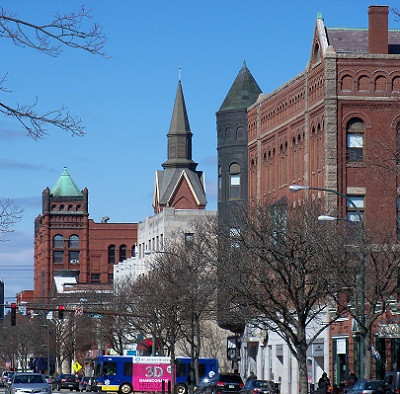slides: The History of Disease Outbreaks in New England
Friday, August 01, 2014
GoLocalProv News Team and Jack Andrade
With the Ebola epidemic dominating international news, GoLocal takes a look at some of the biggest outbreaks of infectious diseases in New England in history. From national epidemics to local contaminated water supplies, New England has endured numerous disease outbreaks over the centuries, dating back to the pre-colonial era and running to as recent as 2012.
Below are 10 examples of New England facing infectious disease outbreaks.
Related Slideshow: The History of Disease Outbreaks in New England
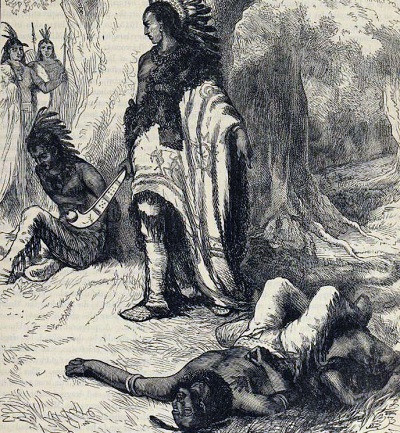 View Larger +
View Larger +
Prev
Next
New England Smallpox 1633
European settlers brought Smallpox to America in the 17th century, and it is estimated that more than 70% of the Native American population in the northeast was wiped out by the disease between 1633 and 1634.
Smallpox has been eradicated from the United States for over 60 years.
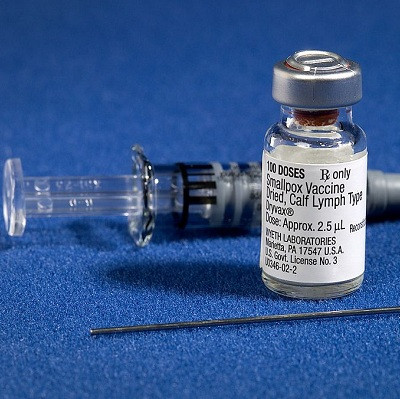 View Larger +
View Larger +
Prev
Next
Boston Smallpox 1721
Nearly 6,000 Bostonians contracted Smallpox in 1721, with 844 of them ultimately dying from the disease.
The Smallpox outbreak in Boston incited great debate about the use of inoculation in the United States, a practice that is obviously observed today.
 View Larger +
View Larger +
Prev
Next
Tuberculosis 1800-1922
With a near 80% mortality rate among those infected, "The White Plague" struck worldwide and at home in the United States, particularly in industrial areas.
According to research by the Harvard Medical Library, nearly 40% of deaths of working-class people in urban American cities were cause by Tuberculosis.
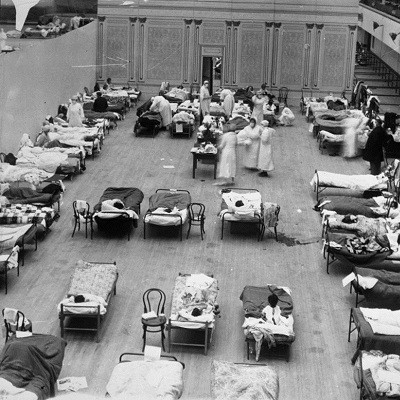 View Larger +
View Larger +
Prev
Next
Influenza 1918
A worldwide pandemic that struck during World War 1, the "Spanish Flu" caused mass destruction in the United States and abroad.
20 million people across the globe are estimated to have died from the flu pandemic, with 675,000 Americans among the death toll.
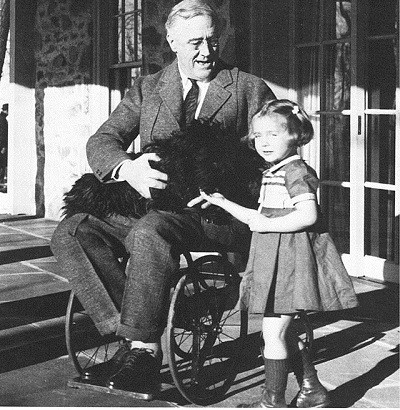 View Larger +
View Larger +
Prev
Next
Polio 1952
58,000 cases of Polio and over 3,000 resulting deaths were reported in the 1952 epidemic in the United States.
The disease affects the nervous system, and President Franklin D. Roosevelt is probably the most notable person to live with the disease.
Polio has been eradicated in the United States for over 30 years.
 View Larger +
View Larger +
Prev
Next
Holy Cross Hepatitis 1969
After being trounced on the second Saturday of the 1969 college football season by Dartmouth, the Holy Cross football team had each member get blood work done to determine if there was a medical reason for their poor performance.
90 out of 97 players on the team had elevated levels of a liver enzyme, and 30 of those 90 players showed symptoms of Hepatitis-A.
Dr. Leonard Morse, who went on to become the Commissioner of Public Health in Worcester, helped determine the cause of the sickness- a contaminated drinking water supply that only the football players had accessed.
The remainder of the season was canceled (an NCAA first) and the 30 players showing symptoms were quarantined in a single dormitory.
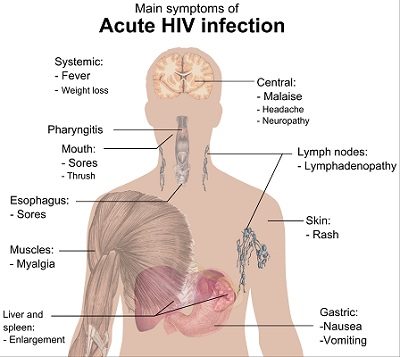 View Larger +
View Larger +
Prev
Next
AIDS Epidemic 1980s
While not documented until 1981, the HIV virus and AIDS continues to be one of the most debilitating diseases alive today in the United States.
Progress has been made over the years, as education about the virus and how to prevent it have brought the world from "AIDS is Preventable" to "AIDS is Treatable."
 View Larger +
View Larger +
Prev
Next
VT Whooping Cough 2012
Vermont declared a whooping cough epidemic in 2012 after over 500 cases of the disease were reported. 90% of the afflicted were children who had received the not-so-foolproof vaccine.
Whooping cough- also known as Pertussis- is difficult to diagnose initially because it starts with cold-like symptoms and progresses into a life threatening illness.
Related Articles
Enjoy this post? Share it with others.











